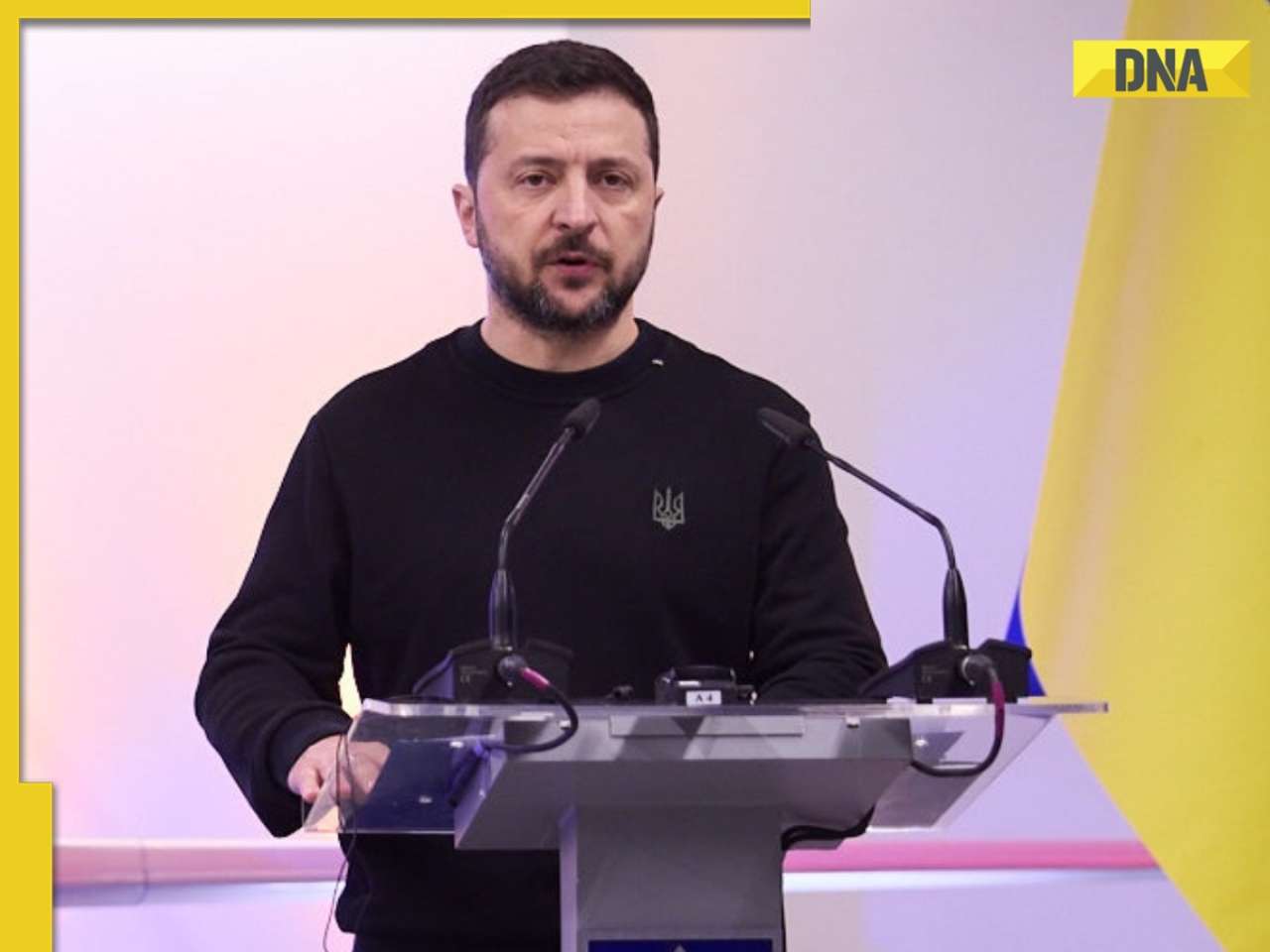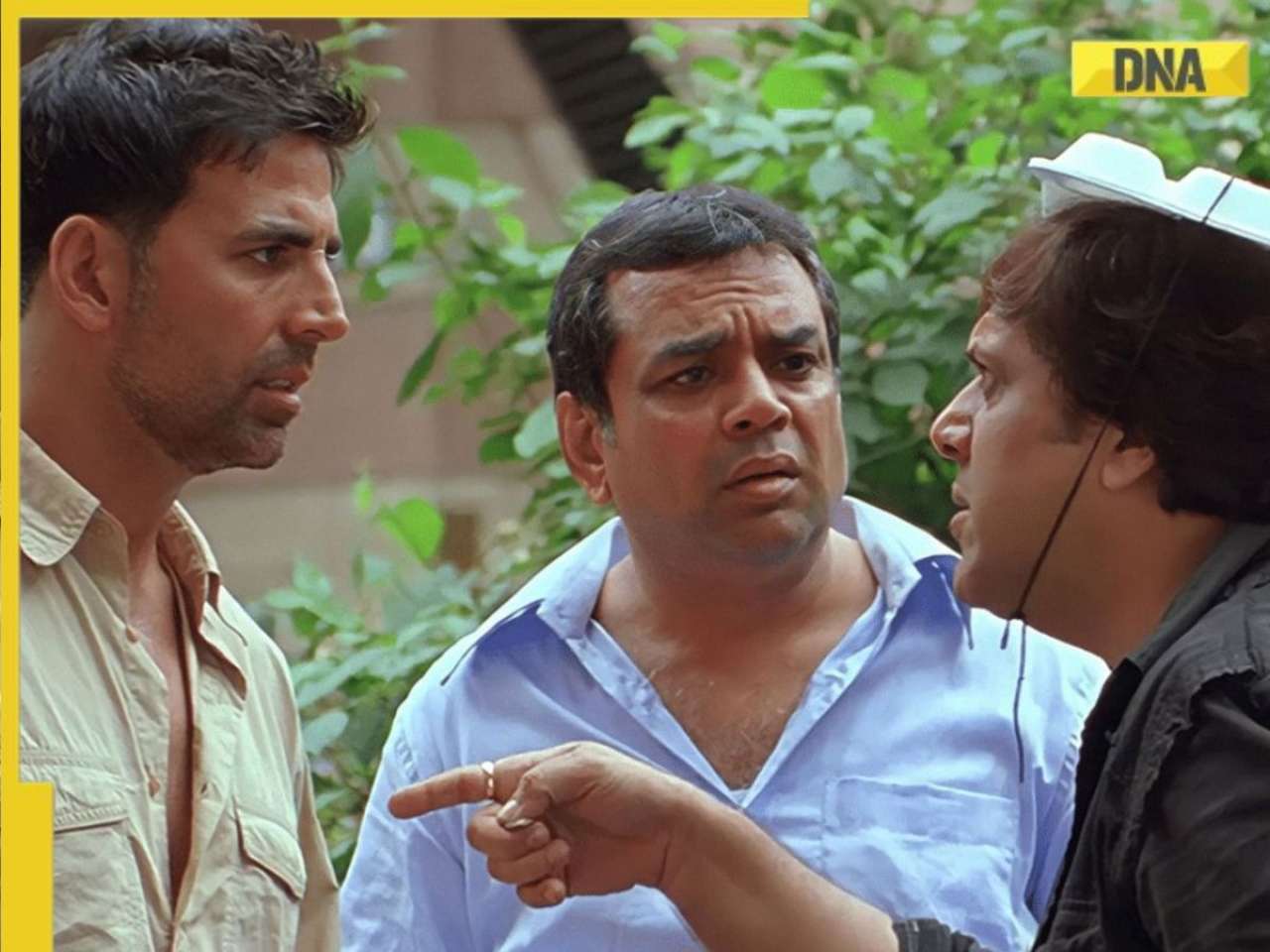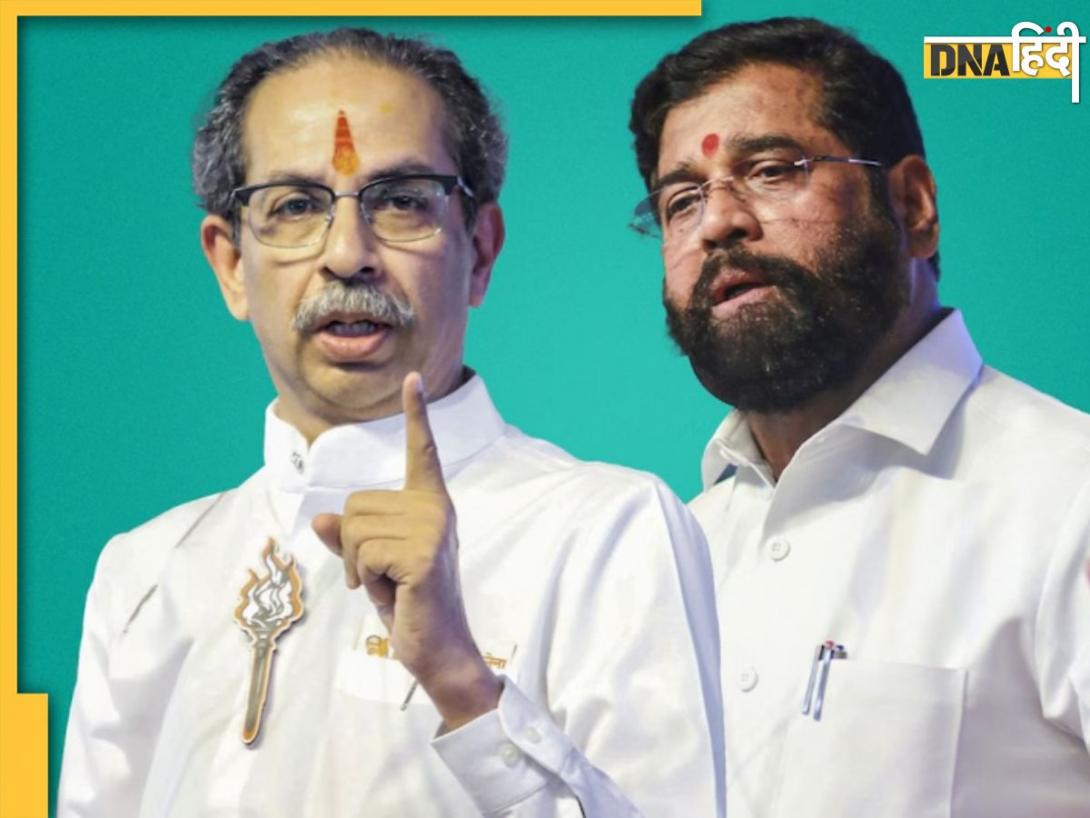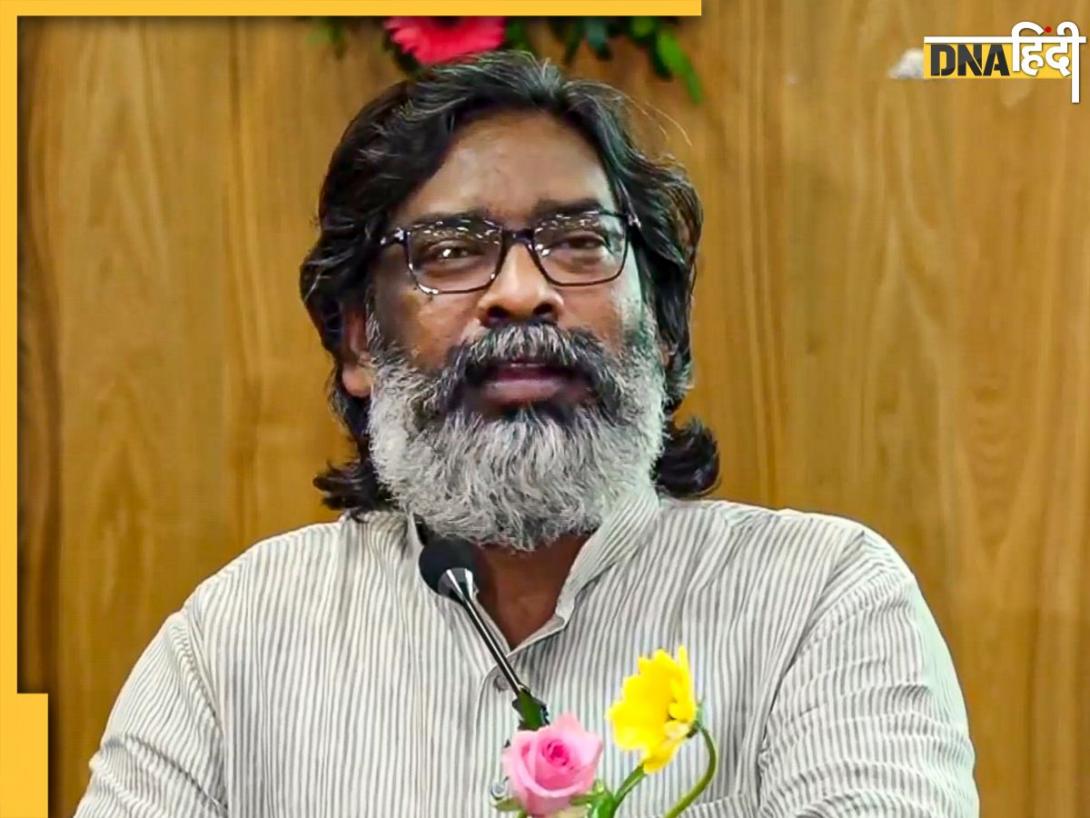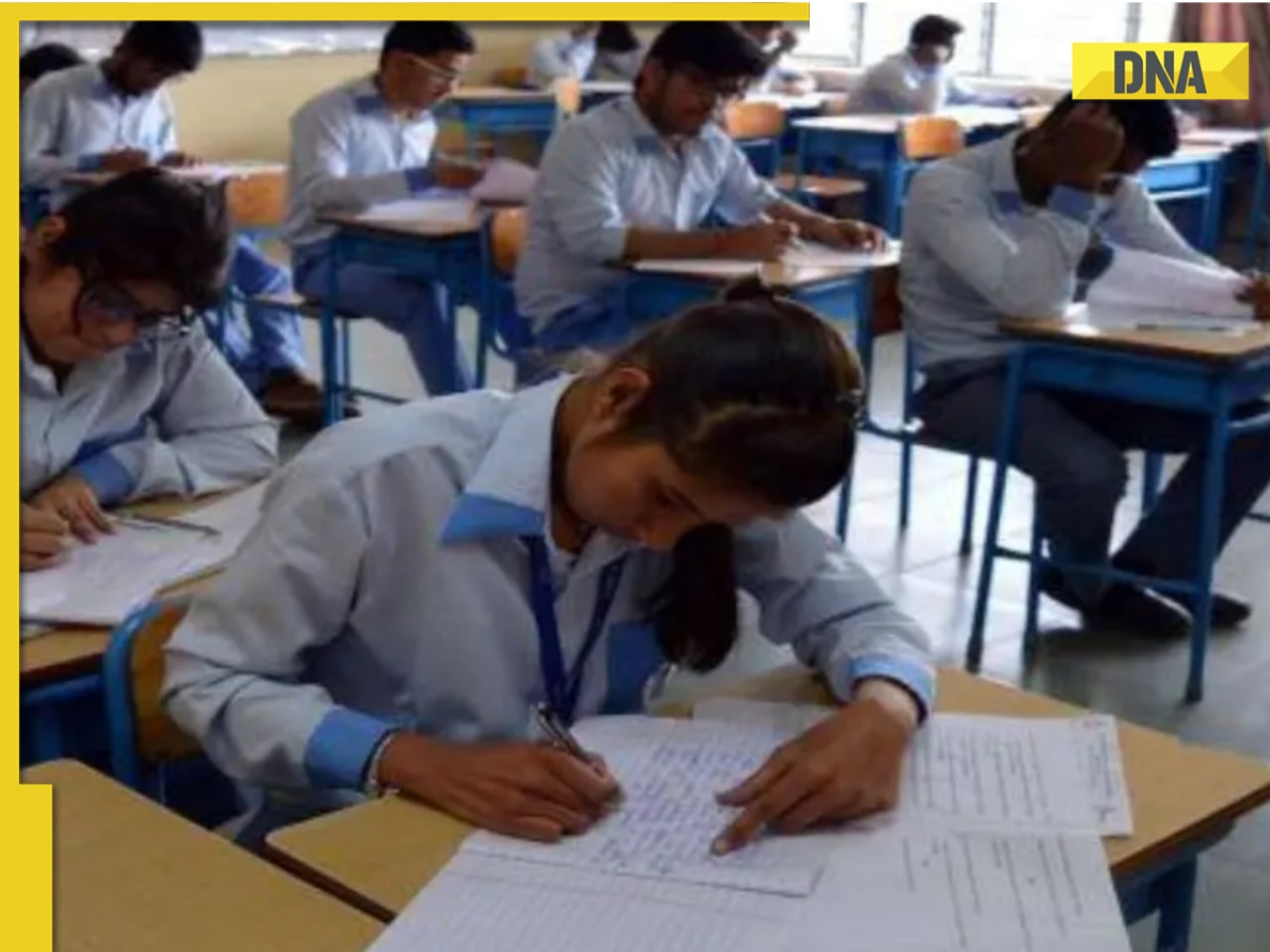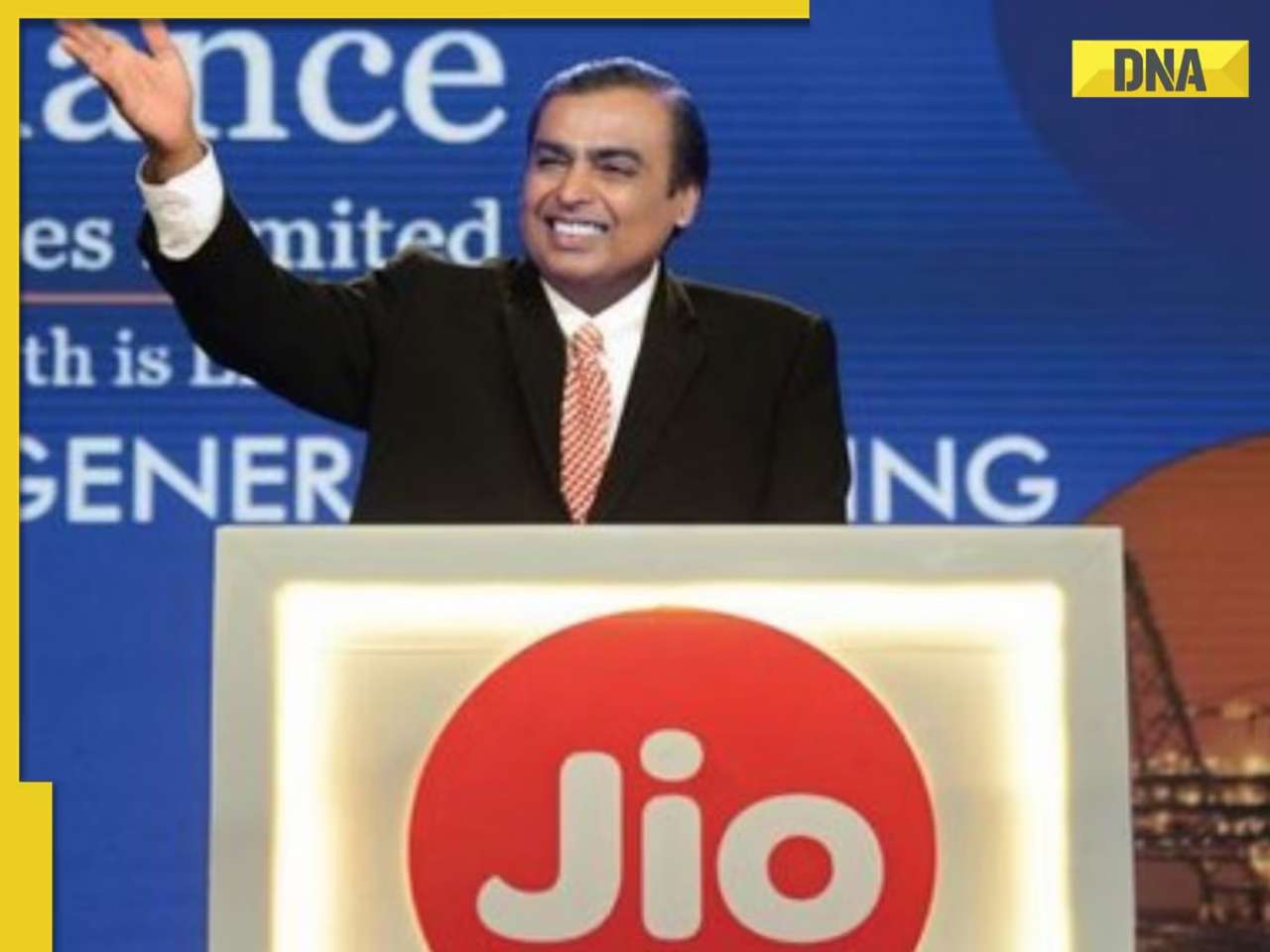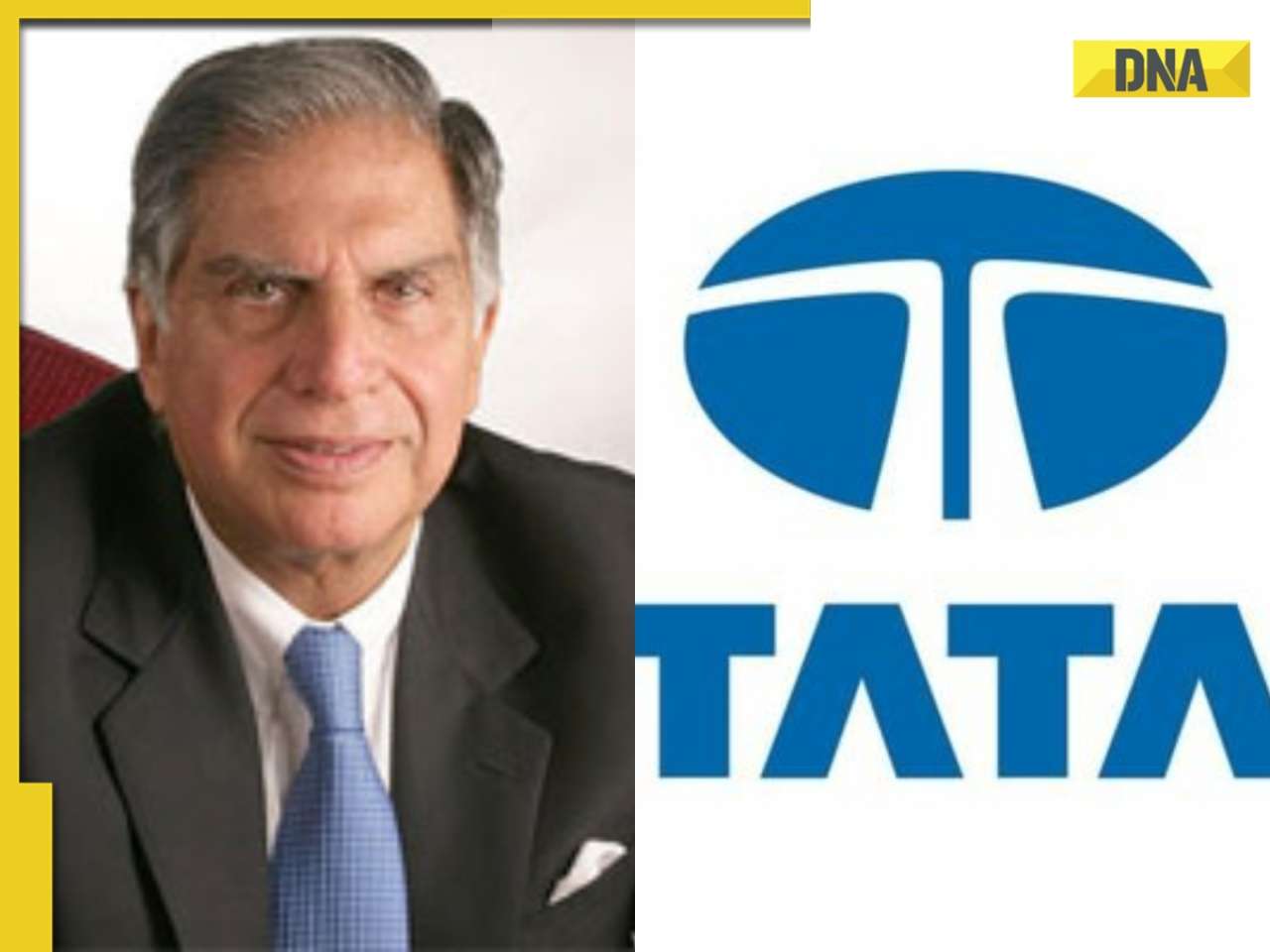- LATEST
- WEBSTORY
- TRENDING
BUSINESS
‘60-70% of clients seeking repricing’
Ramadorai, who has worked 36 years with India’s largest software company, the last 12 as its CEO, says these are incredibly tough times to be a coder.
TRENDING NOW
If Fakir Chand Kohli is the father of India’s software offshoring empire, S Ramadorai has been an able scion. Both belong to the same lineage — Tata Consultancy Services. Ramadorai, who has worked 36 years with India’s largest software company, the last 12 as its CEO, says these are incredibly tough times to be a coder. Margins are shrivelling, vendors are consolidating, orders are tapering, and hiring pattern is changing … In an interview with DNA last week, the Nagpur-born, University of California computer science major talks of what’s in store for TCS and the country’s most-vaunted export industry — software. Excerpts:
How does the H1B visa decision in the US affect companies like TCS?
I think the industry has learnt to live with whatever the H1B conditions are. It will go up sometimes, down in others, but there is no denying that demand for H1B graduates will be very much there. This is because the US wants a lot of students to stay back after graduation so that they contribute to innovation and research there. They want them to be a part of the mainstream. So you cannot have a situation where on the one hand you control the number of H1B visas and on the other there is a need for a lot more people to come in.
There won’t be any impact on TCS specifically?
I am not unduly worried. Even if they look at it from a long-term perspective, there are fundamental issues of education in the US. So I am sure the country would view it in totality and not just get carried away.
Are you factoring in the possibility that you may have to hire more American workers?
That we have always done. We tried something new when we set up campuses in the US in places like Cincinnati, New Jersey and Phoenix. These will definitely be staffed by local people.
Coming to core business, if you take your Top-100 clients, how many are seeking price-related discussions?
I think today everybody is talking about prices. Pricing pressure will continue. One has to see how long one can push clients back purely by demonstrating the value or offshore leverage and things like that.
As a percentage of your clientele, how many are seeking repricing?
It is reasonable to assume at least 60-70% of them.
What does that do to your margins going forward?
I think that is where a balance has to be sought. One can simply take the contract as it stands and reduce prices, impacting margins. Offshore leverage can protect some amount of margins.
We are also talking to clients about giving us turnkey responsibility where, instead of time & material (contracts), we take the whole thing for a price. How I manage it — whether onsite or offshore — is my problem.
You mean fixed-price contracts?
Correct. Some (existing) contracts could translate into that. We will try both — decrease the onsite count and increase offshore leverage. We’ll also look at turnkey or fixed-price contracts so that we can manage them the way we want to. When we renegotiate, we also try to get volume increments as a quid pro quo.
Would new contracts be more tilted towards fixed-price?
I think it would be more tilted towards offshore and then fixed price.
What are the expectations from client budgets? They are due anytime…
It is a little difficult to talk about client budgets in this environment because clients are themselves not sure. I think the only reasonable assumption is that budgets are going to be cut and clients will have to manage with less. And that’s why all the manifestations will (come into) play — whether it’s vendor consolidation, more offshore leverage or fixed price. But nobody is going to say “I am going to increase my budget by a certain percentage”. In this environment, so long as you can stay where you are, that’s an achievement. Clients are themselves unsure, they are not clear about their growth.
Is there increasing evidence of vendor consolidation by big clients?
Clients have already started on this journey. If a client had five vendors in the past, it is reducing (the number) to three or two. In situations where we have a majority of the business, even if there are four-five vendors, we are the No. 1 or No. 2. TCS has always benefited from that.
Has that been at the cost of domestic IT midcaps?
Not necessarily, it could be the (US) locals too. Clients have US contractors also. Say there are 20 contracting companies that may be providing 10, 15 or 20 people each. A client may consolidate all this and give it to TCS. So it’s more of this than taking business away from one Indian company and giving it to another.
What are the chances of new budgets getting revised or curtailed later in the year?
There is great deal of uncertainty on both, budget and spend fronts. Some companies are yet to fix budgets for this year because uncertainties continue. Those who have fixed them are careful about how quickly they spend the money. Due to the uncertainty, there is a premium on conserving cash. So companies are doing discreet engagements — such as projects of 3 to 6 months’ duration that offer a tangible benefit to their businesses.
So you could be doing more of shorter contracts?
Yes, we are driving towards shorter contracts. One reason for this is, I think everybody is worried about receivables. So to make sure I get paid, it is good for me to break the contracts into smaller portions. It’s the same for the customer; if he is to deal with his own customer, he would like to break it into shorter chunks. I think that will definitely play out — shorter contracts, and payments made as quickly as possible. The goal is to contain receivables, even in cases where the outstandings might be going beyond the stipulated contract period. The bottomline is, receivables are getting great attention in TCS and I am sure it is true for everybody. Cash flows, working capital and receivables management are definitely going to get a very, very critical focus, virtually a daily focus.
It has become like running a shop. Today I booked this order, collected so much money. At the end of the day, we need to know if my net outflow was less than my inflow.
That would alter your human resources requirements…
HR has become a real-time enterprise. It will change from the traditional ways where I recruit a year in advance. Because you don’t know the kind of demand you are going to see in future. You have to align it to the actual need, taking into account the training period of 60 or 90 days…
Keeping a just-in-time inventory…
Exactly. It is like a manufacturing inventory, we’ve got to work towards that.
So there will be a change in the campus recruitment process...
I think all firms would look at campus recruitments as close to the graduation as possible. It benefits the campuses also. Professors feel that once the students are made the offers, they do not put in as much effort into their curricula. Now with our requirements changing, there would be more of closeness between what the schools want (in terms of students studying more) and what we do.
Some IT firms have given offer letters last year and have not inducted any till date. You plan to induct some 20,000-25,000 next fiscal…
That is the number of offers we have made. The actual number joining will be less than that. Around 80-85% is the normal joining ratio. Also, all of them don’t join on the same date, it gets staggered. So we will have to examine our demand cycle and see how that plays out.
How many employees are benched now?
Our utilisation is 77%-78%. The rest may be on training, on internal initiatives, some on leave. It is not that they are without work.
Wouldn’t fresh recruitments impact margins considering the slowdown?
Our goal is to keep utilisation between 75-77%. So long as that is the case, recruitment makes sense. If that drops drastically, then obviously there would be a need to re-examine the issue.
Do you worry that you have too much staff?
I think we always worry about whether we are using our workforce effectively, especially in times like these . Are we cleaning up the non-performers at the speed at which we should? Are we living with inefficiencies that we could have been tolerated when we were growing very well? When an industry is used to only growing, by definition there is going to be a build-up of inefficiencies. The time has come for us to become a lot more efficient. Every organisation has to look at things from an efficiency point of view.
How do you think things would pan out in the months ahead?
These are very difficult times. If I say wait for March and everything will be great, I would be fooling you and myself. I think the picture is gloomy across the board. Even at Davos (at the World Economic Forum summit), nobody was very encouraging. Everybody appreciates and understands that there has to be a collective solution to the problems. It is not restricted to one sector or one country or one economy. One might see India grow at 5-6%. China talks about growing at 6-8%. There are growth economies where there may be some opportunities. Others will have cost reductions which may throw up other opportunities. Everyone is saying forget 2009. There may be some growth in 2010. But 2011 may be the best-case scenario, on a global basis. I am not talking about the IT industry alone here. There is a lack of business visibility in the current environment.
How do you de-risk in such a scenario?
Focus on fundamentals. Focus on costs. Focus on operational efficiencies. Focus on retaining existing customers. Talk about the value proposition and make some investments for the future that will be necessary. Focus on markets where there are growth possibilities.
So topline is secondary?
Topline would receive focus so long as you don’t compromise everything. I think your fundamentals are costs, efficiencies and economies where the growth is. Hang in there and build for the future. That should be the focus.
Will this mean consolidation among, say the IT midcaps, is inevitable?
If they have any unique attributes, it could happen. Otherwise, why would anyone pay for an acquisition? There might be some (attractive) product companies, or some players in compliance and security, or players doing some aspect of infrastructure — but they must have the capability to leverage their uniqueness. That is important, rather than saying that I will bring in three clients with 500-1,000 people, but the clients have no opportunity to grow. Why would anyone be interested in such companies?
How is the business within India looking?
IT spend is increasing. We have always said that this (Indian) market requires focus. There is a certain uniqueness here. In some cases there is no transparency at all. In some cases, the market is very, very price-sensitive. But more than the price, change-control is a big worry. And closing a contract — collecting money after having delivered — is not easy. So we have to choose projects where all of these can be addressed. There are contracts available which address each of these issues. But if you think just because the market is growing you grab anything, then there could be trouble.
What about infrastructure?
Infrastructure is definitely our focus area. Remote infrastructure management is a critical area for TCS. Life sciences and pharma, logistics and transportation, and utilities are where we see potential opportunities.
How many clients of Satyam are you talking to?
Wherever we had common clients, such clients are talking to us. I don’t think most of them have done anything yet because they want to first assess the implications of terminating their contracts with Satyam. While they may be talking, the movement has been minimal.
But you have got some clients…
A little bit, yes. But this is more at the project level than an en masse movement. They (Satyam) may be doing a critical project and clients asked us to take care of that. But they have not come to us saying take this whole bunch of people or take care of the entire transition of all their projects with them (a client).
What is the way forward for a company like Satyam?
I think the board has to decide and take appropriate action. As an outsider, all I would like to see is that the guilty are taken to task.
Do you think Satyam will survive?
No idea. But it has clients, it has people, so it should.
Suppose a client came to you from Satyam, what would be the transition time?
Time & material contracts are fairly simple. But turnkey projects are a little difficult because if Satyam has done up to a certain point, then TCS will have to take a certain responsibility (for that portion too). There is a transition involved and it’s a tough job. If it is a new project for which Satyam was contracted and because of this (the scam) they did not start, then it’s fairly straightforward. It is the in-between ones that are the most difficult.
Are those the type of contracts you have got?
No, these are where Satyam has not started at all. Or some time & material deals.
In terms of derisking from the US, is the focus more on Europe, Latin America?
Latin America will be one potentially good opportunity. Europe and Japan are more or less in the same boat. But Japan is so small that there could be few opportunities there. IT spends of Japanese companies are very small. The nature of the market, the nature of the relationships there, the time taken to close a deal or to accept outsourcing as the model … it’s very small. One has to see whether that changes. Europe was like that a couple of years ago but Europe has changed. So we believe ultimately Japan has an opportunity to do that and use China as an offshore destination because of cultural similarities and language similarities — many people in China know Japanese.
How has been the China experience?
I would say it has been okay. If I compare Latin America and China, scalability in Latin America has happened a lot faster. Where we are a 1,000 or 1,200 in China, we are 6,000-plus in Latin America, which started at the same time. So, to that extent, it is slow.
TCS has been the cash cow of the Tata group. Had it not been for the dilutions of the past to fund other buyouts by group entities, you could have been a much bigger entity, using the same money?
No, I don’t think we can ascribe any such thing. I think we have used the money whenever we wanted. Even this latest acquisition (Citigroup’s BPO) in December was with our own money. We never had a shortage or had to borrow. It is easy to talk about scaling up, but beyond a point you are dealing with people. And it is not easy to scale up people and make sure it’s the right recruitment and the right technology.
What’s the future of India’s IT story, say in a timeframe of 5 years?
I think there is a lot to go beyond offshoring. We have to operate in a global context where the question to ask is, do we have a presence in the US, do we see locals being recruited? We have to be a global company with a global presence not merely from a marketing and sales perspective, but from a marketing, sales and delivery perspective.
Become glocal companies?
Yes, and innovation centres would have to be more than just in India. We would have to be as visible in the Silicon Valley as in the UK. We will have to be a global company with local innovation to local delivery to local sales and marketing. But with differentiated products and differentiated services.
How many IT players can metamorphose into that?
I would say there are half-a-dozen or more companies with that capability.
Is there any one thing that gives you confidence about the continuation of the Indian IT story?
When we started in the early 1970s, nobody knew India, nobody believed in India and nobody would entertain Indians. And we made it big from there. Today Indians are respected everywhere, Indians lead organisations and Indian companies have shown the world what they can do. So Brand India and within it the individual companies whether it is the Tata group or TCS have their own uniqueness and their set of value propositions.
Today the world is so integrated and so interdependent, it doesn’t matter whether we are headquartered in India or the US, because of the innovation and value proposition that we bring in. It is much better than the sixties, seventies and eighties. Then, even knocking on someone’s door was difficult, being entertained, rare. We know how we have built it. To me, this is a more exciting time than a time to worry.
You would be passing the baton this year…
I don’t know about that (Laughs). All I can answer is that two things are facts. I am reaching 65 this year, and that cannot be changed. Then there is a Tata policy of CEOs and MDs retiring at the age of 65. So those are the facts (Laughs).
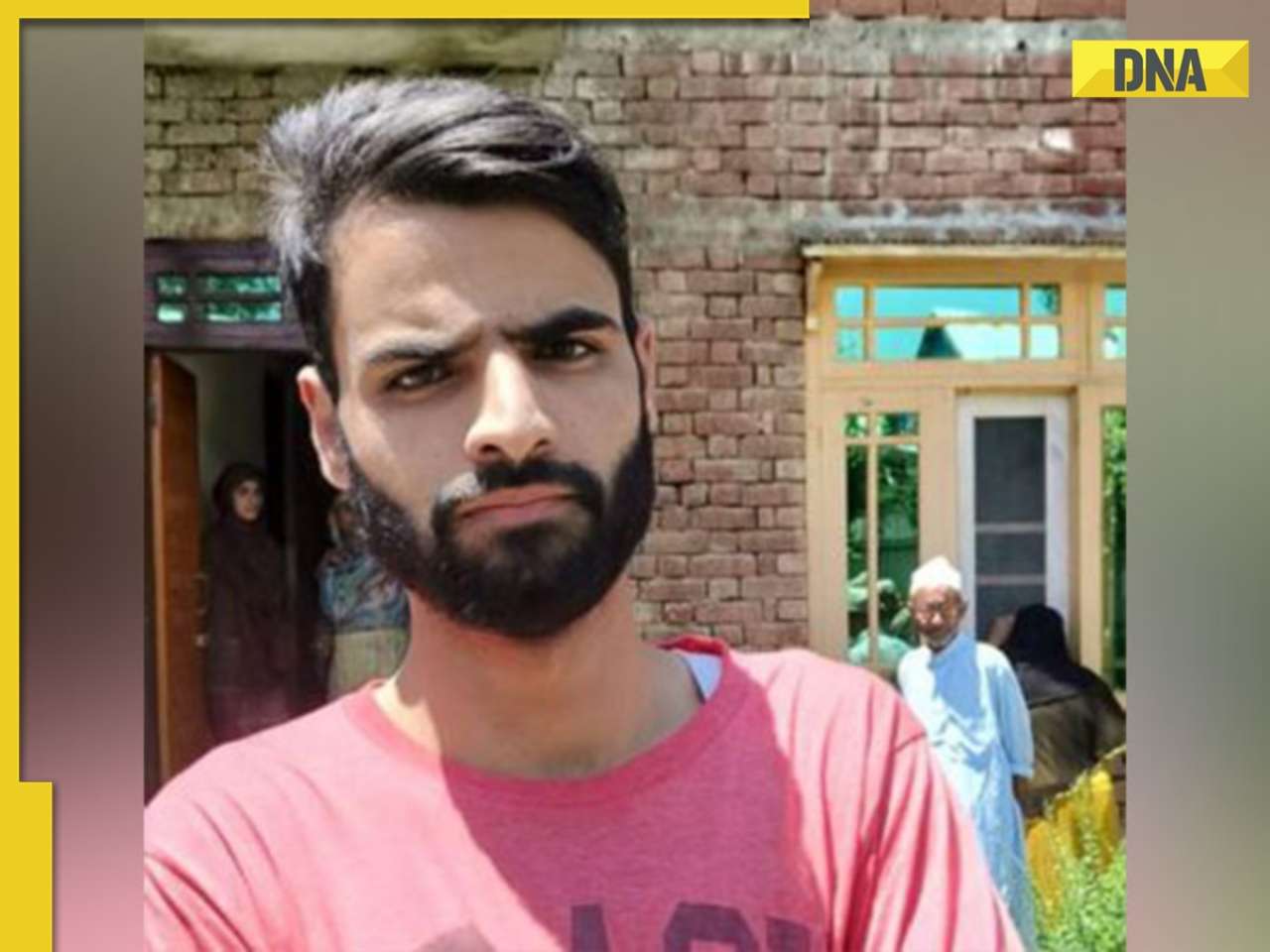







)
)
)
)
)
)
)
)
)
)
)
)
)
)
)








